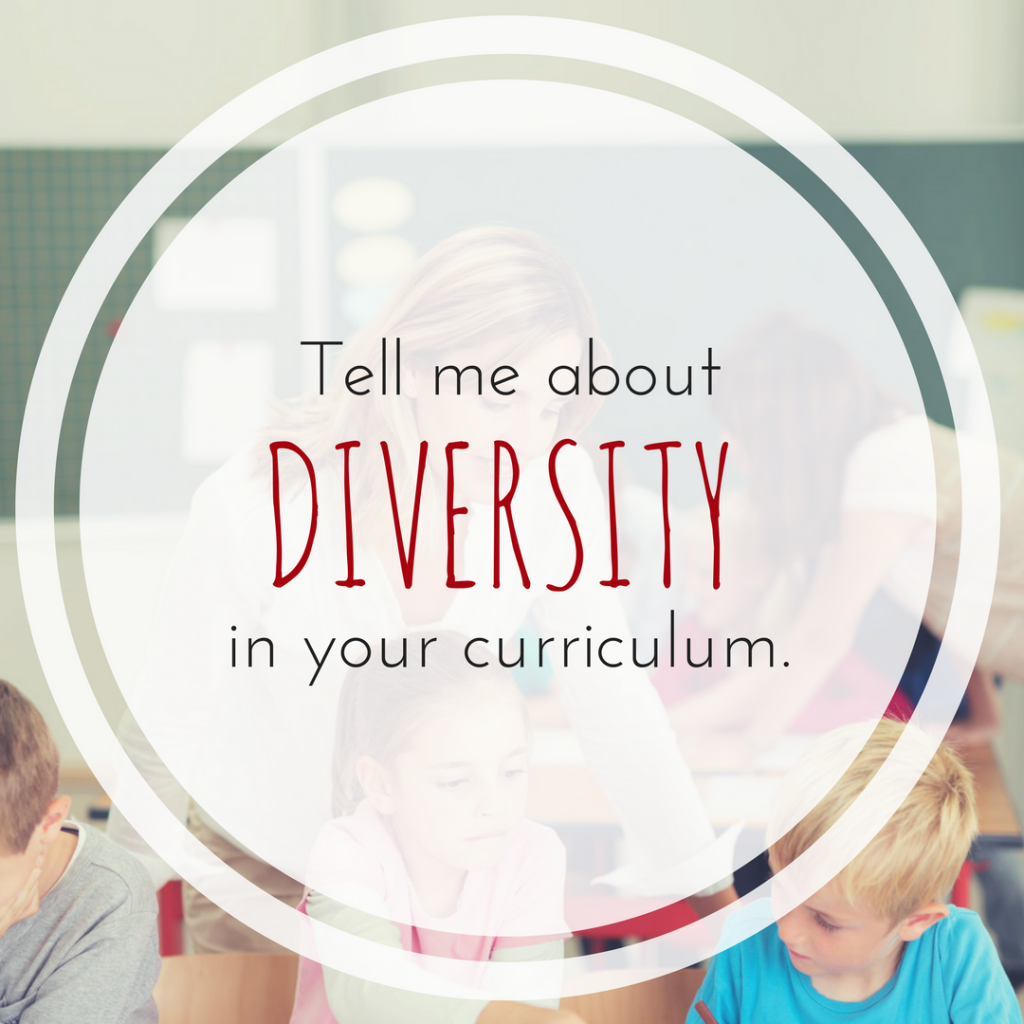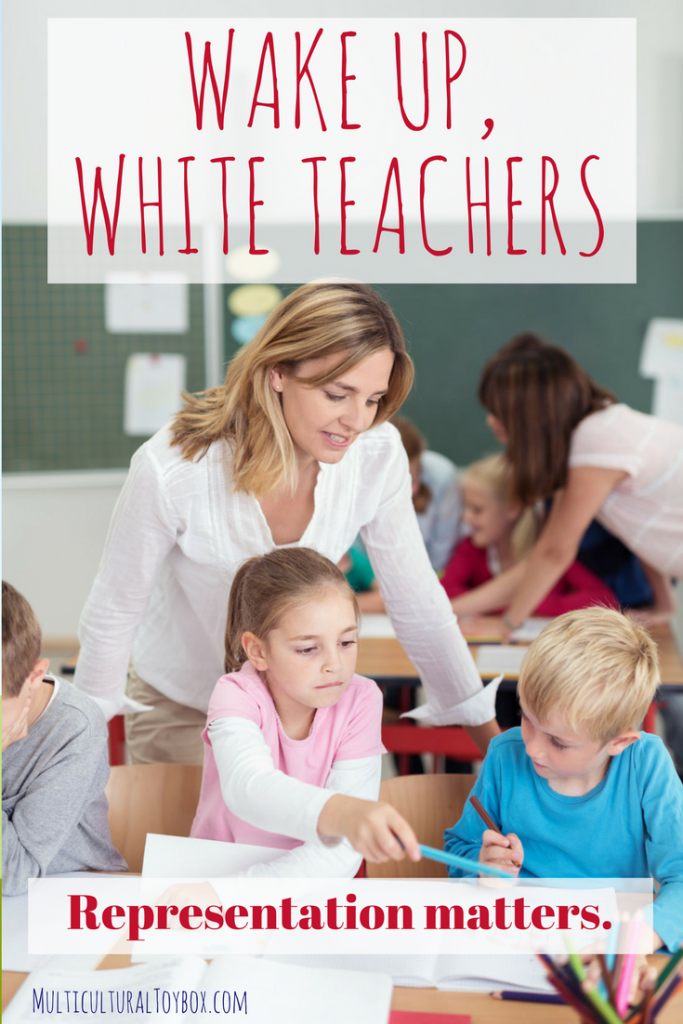A couple weeks ago, I went to a presentation on a gifted magnet program in a district that, like many here in Idaho, serves a population that is between 80 and 90 percent white. On the surface, the program was impressive, offering all kinds of project-based STEM, arts, and language courses, as well as high-quality extracurricular activities.
The Q & A following the presentation was also typical for such a program. The audience, comprising precocious kids squirming in their seats and their hyper-attentive parents, asked questions about academic rigor, whether kids could participate in additional enrichment activities, bus scheduling, and grades.
I grew increasingly uncomfortable during the question session. With but a couple of exceptions, everyone in the room was white and appeared middle-class. As it was early evening, some of us were still dressed for our white-collar jobs. There was a good deal of privilege in the room. We were white, apparently able to provide for our families, and we had bright, active, healthy kids. And I recalled once again that in an academic context those are the only kinds of kids my son has ever known.
And so, as the Q & A waned and people had begun to filter out, I asked the teachers and administrators at the front of the room to tell me about diversity at the school, demographically and in the curriculum.
Silence.
They asked me for more detail on what I wanted to know and why I wanted to know it.
I explained that in an ideal world, my child would have the opportunity to learn about people who aren’t like him. Ideally, he would undertake classroom alongside students of color who have a different perspective on our city, state, and nation. (This is rare in gifted programs, even in more diverse cities.) However, in a predominantly white school, any meaningful learning about other cultures must come via the curriculum.
The only forms of diversity the teachers could cite were “diversity of thought” and a once-a-year mingling of gifted kids with “special ed” kids. They didn’t—and I’m guessing couldn’t, since I pressed them—name any diverse authors or social studies content. These were the humanities and social studies teachers.
I understand that white adults living in Idaho may not understand the extent of their privilege because the politics and demographics of this state can obscure, for them at least, the reality and extent of racism here. However, I have a hard time believing teachers at mid-career have never heard that representation matters, that students of color need to see themselves in the curriculum and other course materials, or that white students need to fully understand the legacy of slavery, racism, and white hegemony in this country.
Even if one were only going to make a minimal effort in incorporating diversity into the curriculum, there’s really no excuse for not being able to cite a single work either by an author or artist of color or that depicts people from cultures other than the dominant one. Why not? The internet, of course.
Teachers can, for example, search the School Library Journal site; find PBS documentaries like these on Latinx heritage and culture; find African-American art at the Smithsonian’s website; or find themed curricula, such as these resources on Asian-Pacific cultures, at the Library of Congress’s website for teachers. Thanks to America’s cultural institutions and the generosity of teachers who share their materials online, it’s surprisingly easy to find resources to educate oneself about diversity of all kinds, as well as classroom activities and assignments on the same topics.
Of course, you can also check out the ever-growing list of Multicultural Toybox posts on books and media and teaching and learning materials.
Photo copyright: racorn / 123RF Stock Photo

